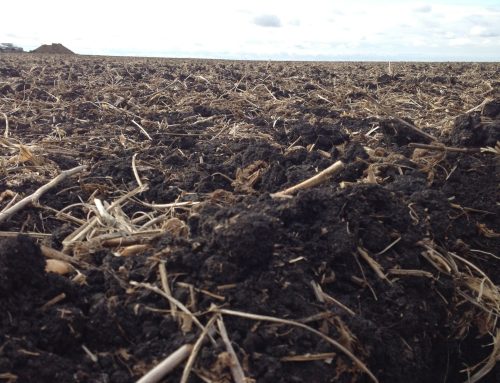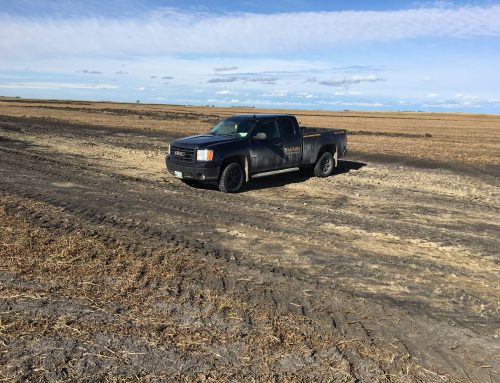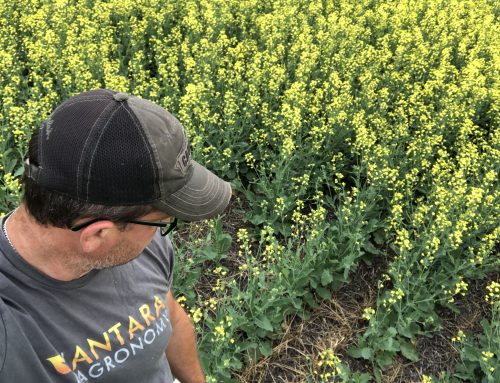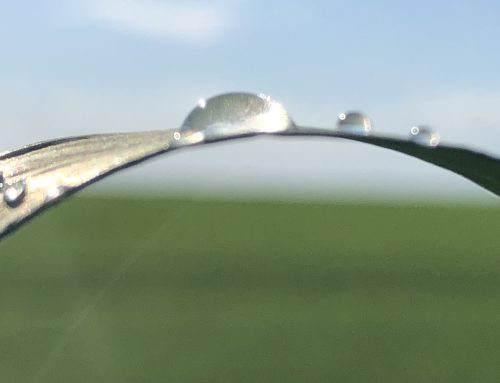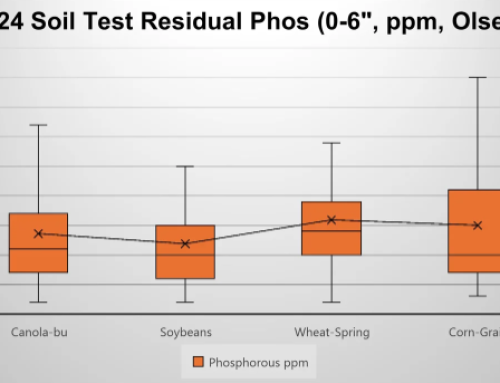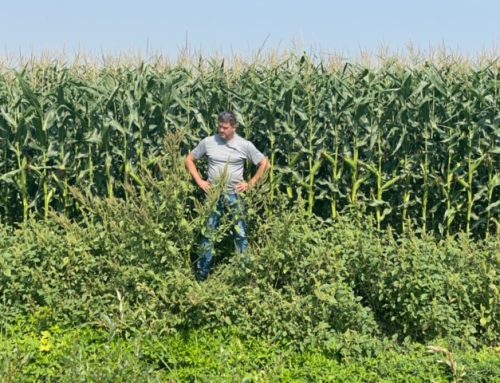Getting the crop off to the best start means making the right decisions before the planter even hits the field. One of the biggest questions I hear from growers every spring is, “How deep should we be planting?” And the answer isn’t as simple as a one-size-fits-all approach. It’s both a science and an art—balancing moisture, soil conditions, and even gut feeling built from years of experience.
The Science of Planting Depth
Scientifically speaking, planting depth impacts everything from germination speed to root development. Seeds need good seed-to-soil contact, access to moisture, and the right soil temperature to get going. If they’re planted too shallow, they risk drying out before they sprout. Too deep, and they might take too long to emerge, weakening the stand.
Most of the time, we aim for a consistent planting depth that ensures moisture availability. But as every farmer knows, no two fields are the same. A sandy field might require deeper planting to chase moisture, while a heavier clay soil may hold onto enough moisture that shallower planting is the way to go.
The Art of Adjusting to Field Conditions
Now, here’s where the art comes in. There’s no perfect formula because every year is different. Right now, many growers are worried about moisture levels going into planting. I’ve been getting a lot of questions like, “How deep do we have to go to find moisture?” The answer? It depends. Each field needs to be assessed on its own.
Last year was a prime example. Typically, we get that one good rain after planting to get things going. But last year? It didn’t happen. The guys who planted wheat at 3 to 4 inches—deeper than usual—ended up being rewarded for it. Sure, it looked rough coming out of the ground, but the crop found moisture, rooted deeper, and at the end of the season, they picked up extra bushels. It’s a tough call, but sometimes taking that risk pays off.
If there’s one thing I’ve learned, it’s that farming isn’t just science—it’s experience, instinct, and sometimes, good old-fashioned luck.
Best Practices for Finding the Right Planting Depth
Here are a few things to keep in mind as you get ready to put seed in the ground:
- Assess each field individually – Don’t assume last year’s conditions will be the same this year.
- Check soil moisture before planting – If it’s dry up top, you might need to go deeper, but don’t overdo it.
- Talk to local agronomists & neighbors – Get a feel for what’s working in your area.
- Watch the weather – If there’s rain in the forecast, it might change your approach.
- Be flexible – No two springs are alike, so adjust as needed.
At the end of the day, finding the right planting depth is a blend of knowledge, observation, and trust in your own experience. If you’ve got questions, drop a comment, chat with your agronomist, and let’s make this planting season a good one!
Follow us for more updates, and we’ll catch you in the next one. 



